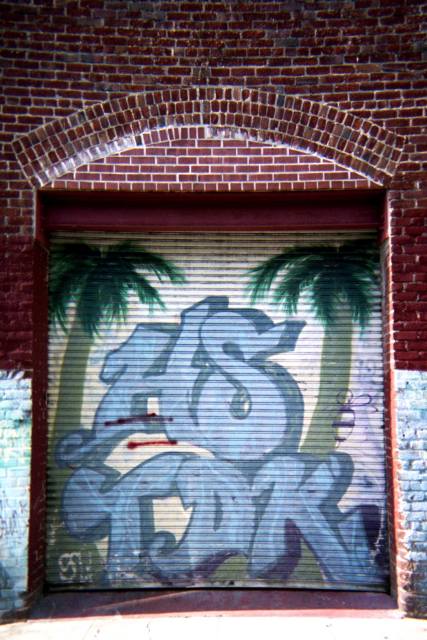http://lens.blogs.nytimes.com/2009/05/17/
essay-slow-photography-in-an-instantaneous-age/
Fast is fine, but slow can be much better.
Digital photography and the ascent of the Web have quickened our jobs. Instead of one deadline a day, we now have continual deadlines, bringing exponentially increasing speed to what we do at The Times.
One advantage of using larger formats is that the process is slower. It takes time to set up the camera. It takes time to visualize what you want.
When doing portraits, it enables the photographer to talk and listen to subjects, to observe their behavior. A camera can trap a photographer sometimes. You can look so intently through a viewfinder that you are unaware of the picture in front of you. When I use an 8-by-10 camera for portraits, I will compose the picture and step back. Using a long cable release, I will look at the subject and wait for the moment. It’s very liberating.
[ Fred R. Conrad, via nytimes.com ]

 Here’s a different perspective of the
Here’s a different perspective of the 
 The scale of this photo is misleading. It looks like a small-ish dished plate, but they’re actually two machined plates approximately 12 feet in diameter. Taken out in
The scale of this photo is misleading. It looks like a small-ish dished plate, but they’re actually two machined plates approximately 12 feet in diameter. Taken out in  No other camera can work with low light as well as a LOMO does. Load a roll of slow film, hand-hold the camera, brace it against a lamp post, hold your breath and shoot…
No other camera can work with low light as well as a LOMO does. Load a roll of slow film, hand-hold the camera, brace it against a lamp post, hold your breath and shoot…













You must be logged in to post a comment.